The giant panda’s peculiar "pseudo-thumb" has long fascinated scientists and nature enthusiasts alike. This unique adaptation, which allows the bear to grasp bamboo with remarkable dexterity, is not a true thumb but rather an elongated wrist bone that has evolved over millennia. Recent research has shed new light on the evolutionary journey of this extraordinary feature, revealing how it transformed the panda’s wrist into a specialized bamboo-grabbing tool.
A Wrist Bone Turned Precision Tool
Unlike most bears, which rely on their powerful limbs for digging or catching prey, the giant panda has adapted to a diet consisting almost entirely of bamboo. This shift demanded a radical change in anatomy. The panda’s true thumb, like that of other bears, is aligned with its fingers, making it ill-suited for the delicate task of stripping bamboo stalks. To compensate, evolution repurposed one of the panda’s wrist bones, the radial sesamoid, into a functional opposable digit—a pseudo-thumb.
This adaptation grants the panda an almost human-like grip, enabling it to manipulate bamboo with surprising precision. The pseudo-thumb works in tandem with the five standard digits, allowing the panda to firmly grasp, rotate, and strip bamboo shoots with ease. Without this evolutionary innovation, the panda’s bamboo-based diet would be far more challenging to maintain.
Fossil Evidence Traces the Pseudo-Thumb’s Origins
The evolutionary history of the panda’s pseudo-thumb has been pieced together through fossil records. Ancient panda relatives, such as Ailurarctos, which lived around 6-7 million years ago, already exhibited a primitive version of this structure. However, their pseudo-thumbs were shorter and less specialized than those of modern pandas, suggesting that the feature developed gradually over time.
Researchers believe that as pandas increasingly relied on bamboo, natural selection favored individuals with more developed wrist bones capable of better manipulating their food. Over generations, the radial sesamoid elongated, and the surrounding muscles and tendons adapted to enhance its functionality. This slow but steady transformation turned a simple wrist bone into a highly specialized tool.
Engineering Challenges of the Pseudo-Thumb
Despite its usefulness, the panda’s pseudo-thumb is not without limitations. Unlike a true thumb, which is supported by multiple bones and joints, the pseudo-thumb is a single bone with restricted mobility. This makes it less versatile than the thumbs of primates, which can perform a wider range of movements. Nevertheless, for the panda’s specific needs—primarily gripping and stripping bamboo—it is remarkably effective.
Scientists have noted that the pseudo-thumb’s structure is a compromise between function and anatomical constraints. The panda’s wrist had to evolve in a way that allowed for grasping without sacrificing the strength needed to support the animal’s weight. The result is a sturdy yet flexible appendage that serves its purpose without compromising the panda’s ability to move and climb.
Implications for Evolutionary Biology
The panda’s pseudo-thumb is a striking example of how evolution can repurpose existing structures to meet new challenges. Rather than developing an entirely new digit, evolution modified an existing bone, demonstrating a principle known as "exaptation"—where a trait evolves for one function but is co-opted for another. This phenomenon is seen in other species as well, such as birds repurposing forelimbs into wings or fish developing lungs from swim bladders.
Understanding the panda’s pseudo-thumb also provides insights into the broader mechanisms of adaptation. It highlights how even small anatomical changes, when compounded over time, can lead to highly specialized traits that enable a species to thrive in a specific ecological niche. For the giant panda, this meant transforming a simple wrist bone into a bamboo-handling marvel.
Conservation and the Future of Panda Adaptations
As the giant panda’s natural habitat faces increasing threats from human activity, understanding its unique adaptations becomes even more critical. The pseudo-thumb is just one of many traits that have allowed pandas to survive on a bamboo diet, but habitat loss and climate change could disrupt the delicate balance that sustains them.
Conservation efforts must take into account not just the panda’s dietary needs but also the specialized anatomy that makes its lifestyle possible. Protecting bamboo forests ensures that pandas continue to have access to their primary food source, while also preserving the evolutionary pressures that shaped their remarkable adaptations. In a rapidly changing world, the story of the panda’s pseudo-thumb serves as a reminder of nature’s ingenuity—and the importance of safeguarding it.

By /Jul 14, 2025

By /Jul 14, 2025

By /Jul 14, 2025
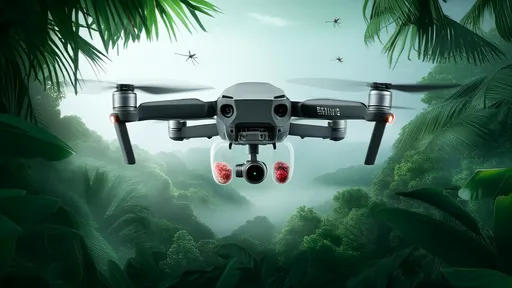
By /Jul 14, 2025

By /Jul 14, 2025

By /Jul 14, 2025
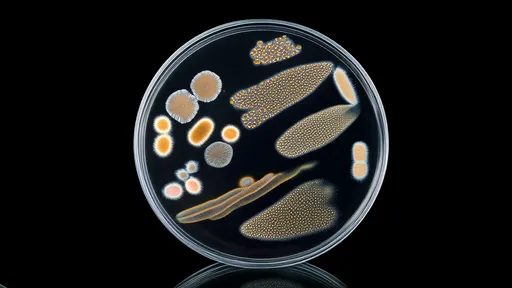
By /Jul 14, 2025

By /Jul 14, 2025

By /Jul 14, 2025

By /Jul 14, 2025
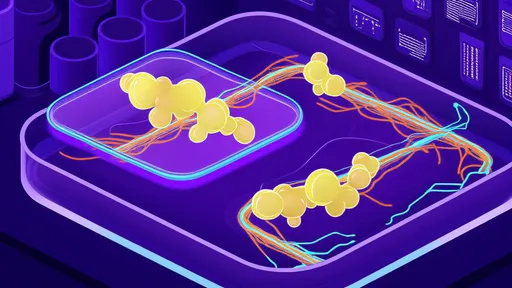
By /Jul 14, 2025
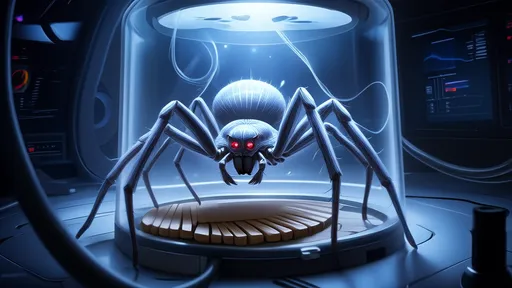
By /Jul 14, 2025
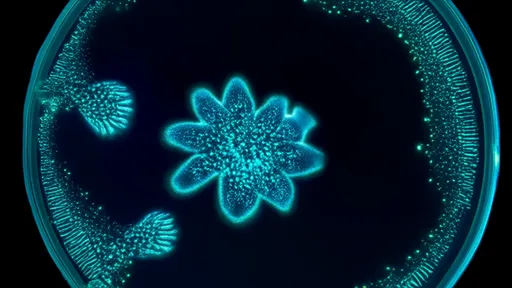
By /Jul 14, 2025

By /Jul 14, 2025
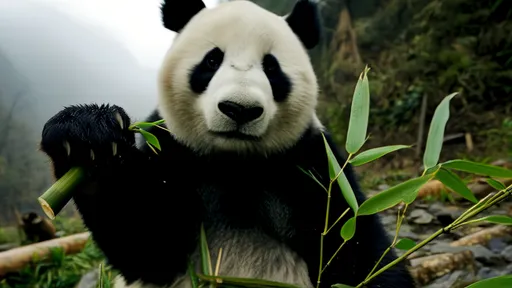
By /Jul 14, 2025

By /Jul 14, 2025
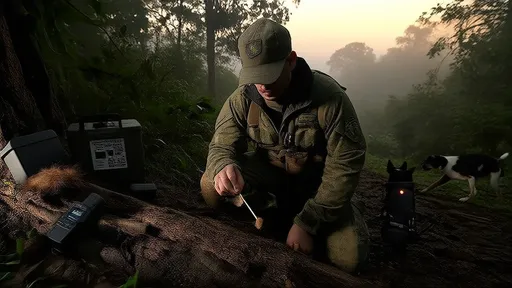
By /Jul 14, 2025

By /Jul 14, 2025